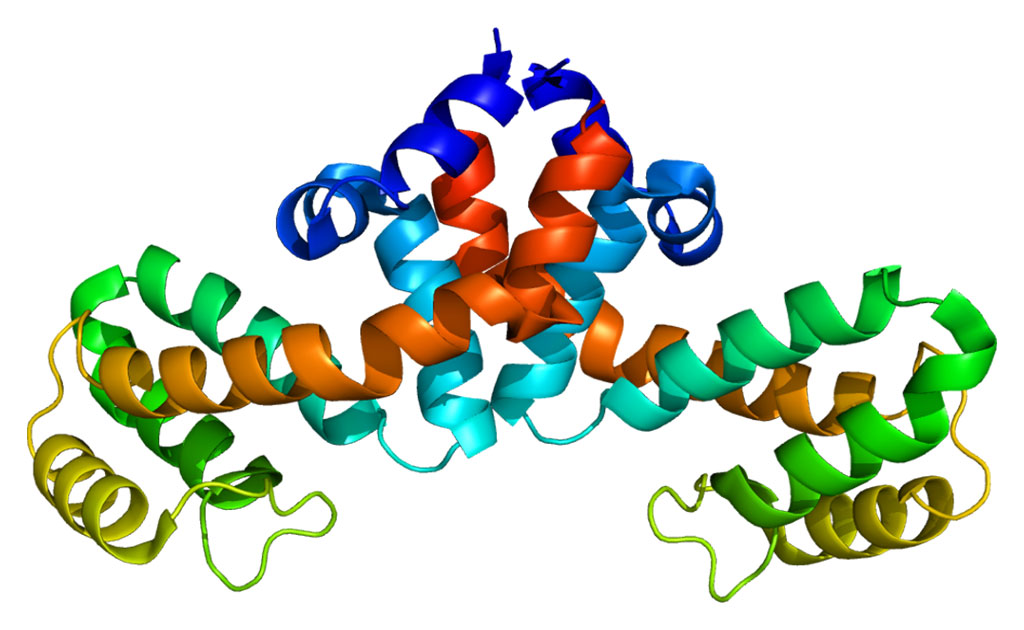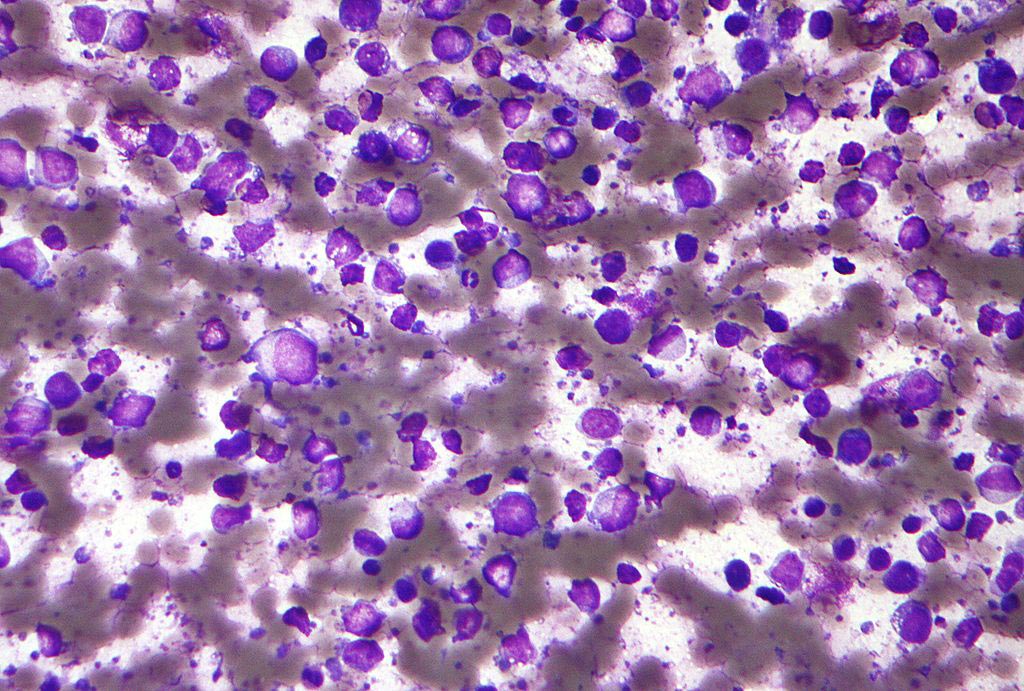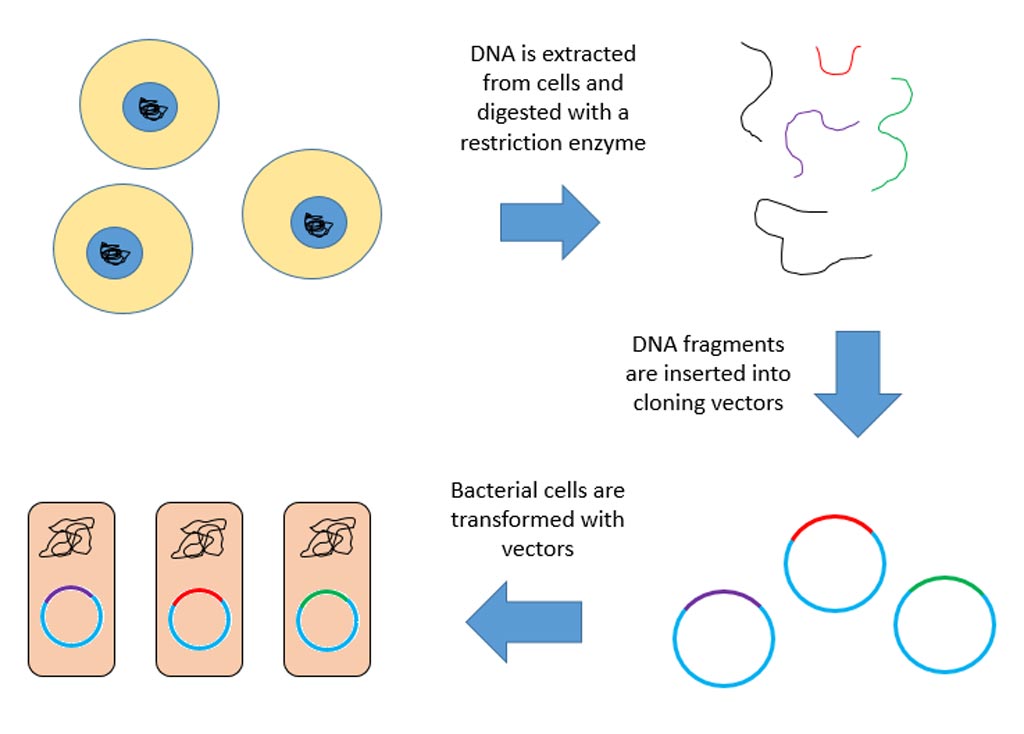Algorithm Developed to Predict How and When Proteins Behave Badly
By LabMedica International staff writers
Posted on 05 Mar 2012
Scientists have developed an algorithm that can predict which regions of a protein are susceptible to exposure upon misfolding, and how mutations in the protein and alterations in the cellular environment might affect the stability of these vulnerable regions. Posted on 05 Mar 2012
The predictions help scientists gain a better determination of protein mechanisms, and may one day help in developing treatments to fight currently lethal neurodegenerative diseases effectively.
Several neurodegenerative diseases--including Alzheimer’s and amyotrophic lateral sclerosis (ALS), recruit and transform healthy proteins to the misfolded form, and amass in large clumps that glue up the processes of the nervous system.
The investigators presented their findings at the 56th annual meeting of the Biophysical Society (BPS), held February 25-29, 2012, in San Diego, CA, USA. The algorithm developed by the researchers utilizes the energy equations of thermodynamics to calculate the likelihood that certain stretches of protein will be displayed when the protein misfolds. Since the exposed regions are specific to the misfolded version of the protein, researchers can use these areas as targets for diagnostic and therapeutic treatments. The algorithm can be modified for different proteins, and it predicts several potential target regions for each protein. The investigators have used it to study neurodegenerative disease-causing proteins as well as misfolded proteins that have been implicated in some cancers.
More recently, the researchers used computer simulations to manipulate proteins in a virtual environment, assessing out how simple it is for mutated proteins to misfold and propagate. Using this application has helped the team predict the progression of hereditary ALS disease. “The fact that we can predict the lifetime of an individual diagnosed with hereditary ALS from simulations of a protein’s mechanical properties is something that is both satisfying and that gives one pause,” said Dr. Steven Plotkin, a biophysicist at the University of British Columbia (Vancouver, Canada) who studies the process of protein misfolding. “We hope that such information might give some clues as to how to develop effective therapies for this disease.”
Related Links:
University of British Columbia
Biophysical Society Annual Meeting














